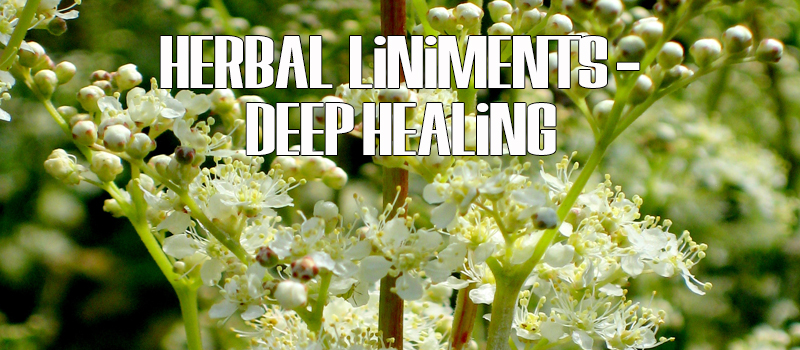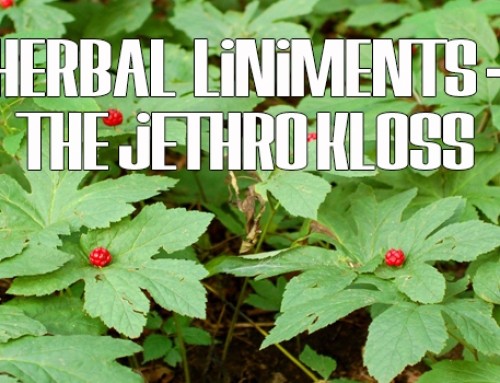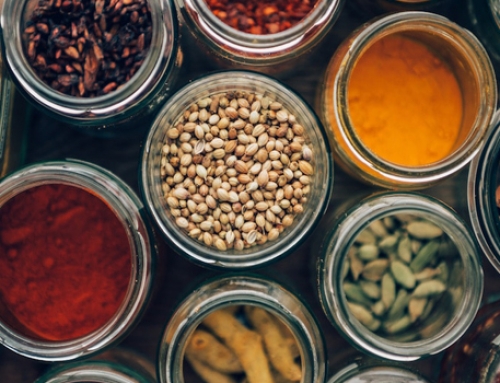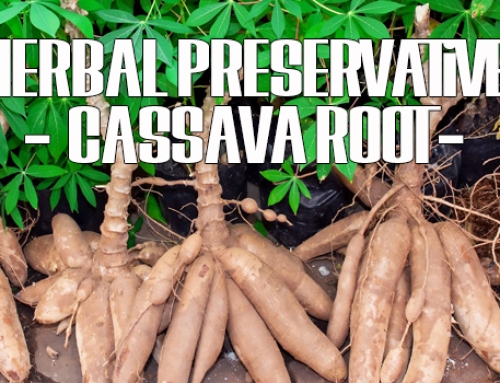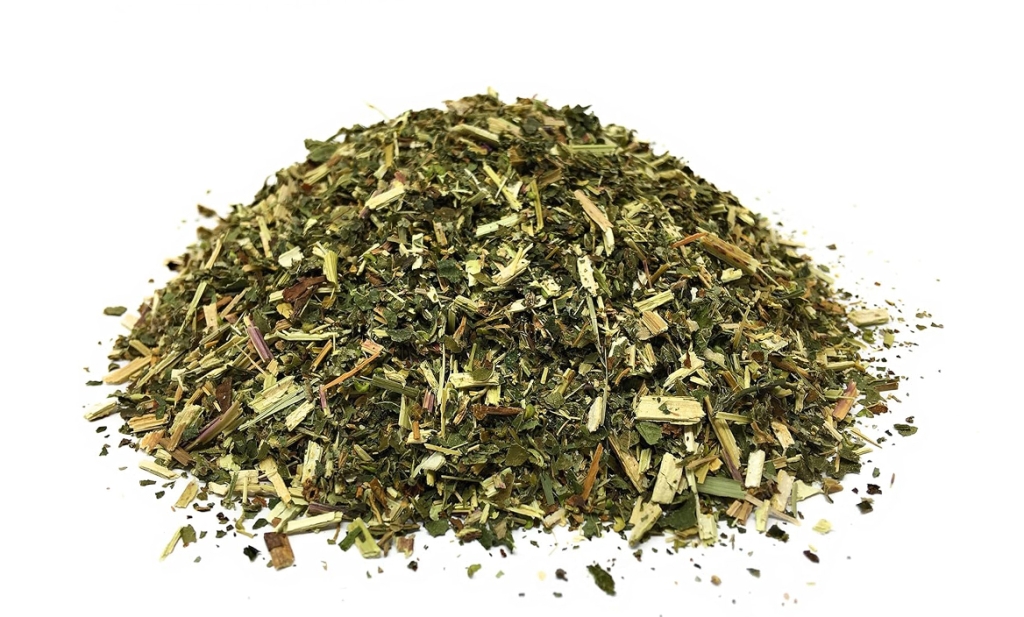 For a warming deep healing Liniment infusion you can use this recipe for the Deep Healing Concoction found below:
For a warming deep healing Liniment infusion you can use this recipe for the Deep Healing Concoction found below:Equipment
- A cutting board and sharp knife (if you’re using fresh herbs)
- A glass jar with a tightly-fitting lid (or a similar jar made from a non-reactive material)
- A mortar and pestle
- A rubber scraper or spatula, preferably one made of a material that can be thoroughly cleaned and does not hold any odors, such as a heat-proof plastic one
- A label for your jar
After the concoction has infused, you’ll need:
- A straining bag or several layers of cheese cloth and a strainer
- A bottle for the finished liniment
- A label for your bottle
Directions
Ingredients to Put Together
- 2 TBSP meadowsweet
- 2 TBSP dried willow bark
- 2 TBSP comfrey flowers
- 2 TBSP dried arnica
- 2 TBSP dried calendula
- 1 TBSP chamomile flowers
- 1 TBSP St. John’s Wort
- 1/2 tsp cayenne pepper
- 3.4 cup of crushed ginger
- witch hazel (or rubbing alcohol*)
Instructions
- Prepare your herbs. If you’re using fresh herbs, you will need to clean or shake any dirt from them, although unless they’re really, really dirty you do not need to wash them with water, and you’ll need to chop them. If you plan to use a blender (see step 4), then you’ll only need to chop them roughly, but if you do not intend to use a blender, chop them as finely as you can. If you’re using dried herbs, you will need to crush them as finely as you reasonably can.
- Utilize that mortar and pestle in the grinding the harder elements, and crushing the softer (the fresh or dried herbal elements) and place them directly into the Infusion jar.
- When you place the herbs into your jar, pack them down gently and fill the jar about three-quarters of the way full with the plant material. You need to leave enough room to fill the jar with the witch hazel or rubbing alcohol, to have room to shake the contents regularly, and to let the liquids penetrate through all of the plant material. If you’re using roots or barks, you can fill the jar only about a third to half-way full.
- Pour the liquid over the herbs, filling the jar until you’ve covered the herbs by just under a quarter of an inch, or if you’re using barks or roots fill the jar until it’s about three quarters or so full.
- Blend the mixture within the jar for a full extraction.
- Cap your jar tightly.
- Label the jar and store it in a cool, dark place. A cabinet where you’ll see it each day is ideal.
- Shake the jar every 2 to 3 days, several times each episode. This is highly recommended, for the proper extraction of the needed compounds from the herbs.
- After 4 to 8 weeks, strain the herb material from the remaining liquid. Your finished liquid should smell of the herb. As you strain it, be sure to squeeze out as much of the menstruum from the plant material as you can. I like to use a small, fine-mesh brewing bag to strain mine, but several layers of cheesecloth.
- Repeat these step with the other infused liniment ingredients until all of your infused herbal solvents are ready for mixing.
- Label each of your single ingredient bottles to avoid confusion later. IF you are doing a blend this will be done just the one time.
- A standard liniment must be stirred well before pouring into the bottle. If you are pouring your liniment into several bottles, stop between the pours and stir again.
- If you are going to put your liniment into a spray bottle, be aware that elements of the herbs can clog the spray nozzle. Plan accordingly.
- Label your jar and store it in a cool, dark place. Be sure to include the date, the kind of herbs you infused, and uses so others will also know how to use it.
Liniments should only be used externally and on unbroken skin. This mixture is shelf stable and will last several years. If you have sensitive skin or are using this on children, reduce the amount of herbs and menthol by half. Menthol crystals will easily dissolve in alcohol or witch hazel, so if you aren’t sure how strong you want your liniment, start with less and add more to the finished liniment if needed. Check with a doctor before using if pregnant/nursing or if you have a medical condition.
*The reason alcohol is often used is that it penetrates skin and evaporates very quickly. It is also very effective at extracting the beneficial properties of the herbs used in this liniment and is used as an antiseptic (a liniment made with alcohol could be used on open wounds depending on the herbs used). Some people prefer not to use alcohol or find it drying, and witch hazel offers another great alternative with beneficial properties of its own.

